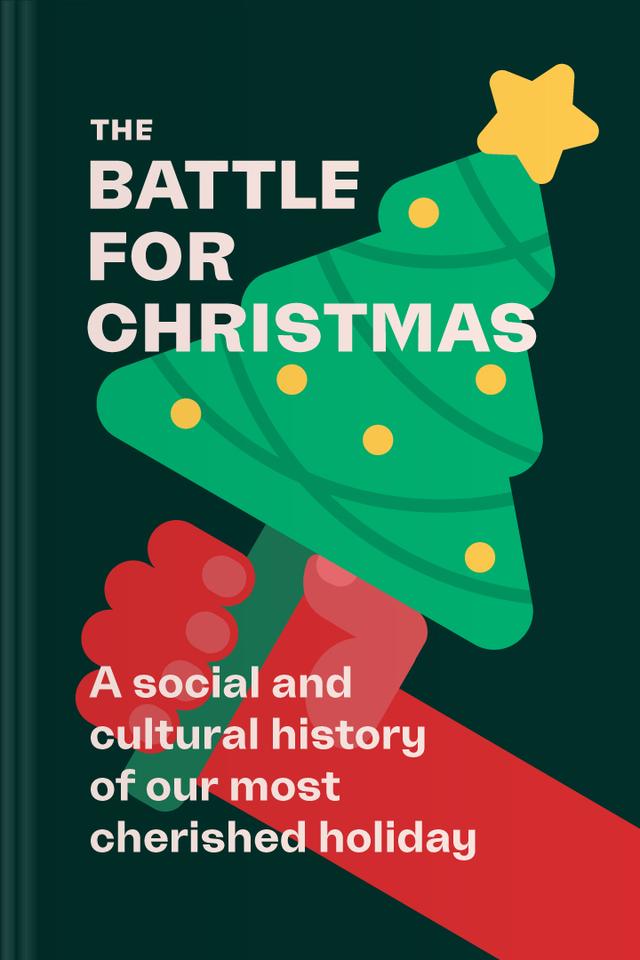You’ll learn
- Why Christmas wasn’t celebrated for two centuries
- Who brought Santa to the U.S.A.
- How the 25th of December became a family holiday
- What the first carols sounded like
russia has launched a full-scale war in Ukraine. Donate to support Ukraine and protect the world’s peace.

first KEY POINT
The 'things-have-always-been-this-way' approach is an integral attribute of traditions, yet most customs owe their popularity to certain people. For example, Americans generally believe that Dutch migrants brought Santa Claus to the United States. Although it's a creature of their folklore, it wasn't the Dutch who made Santa America's symbol for Christmas. Indeed, this celebration was typical for mid-17th-century Holland: Catholics closely associated Santa with St. Nicholas' Day. However, migrants to the New World were predominantly Protestants, who didn't approve of these customs.
Therefore, people's decisions are the real driving force behind celebration rituals. For example, to publish a calendar marking the 25th of December as a holiday when no one else dared to; to return to nostalgic social harmony at Christmas, founding the New-York Historical Society. Or to popularize the unknown image of Santa by using its picture for advertisement in the press. In conducive circumstances, even the folklore base isn't essential: one family's habits can turn into a ritual beloved by the whole country.Economic factors also played a critical part: it took a lot of time for Christmas to become the holiday we know today. We will see how agrarian and industrial societies transformed the meaning of the customs and their evaluation at the scale “acceptable — awkward.”
Come along as we span an unbelievable transformation of the most anticipated time of year. Our journey begins at a time when Americans almost stopped celebrating Christmas.
second KEY POINT
In an agrarian society, life had a peculiar rhythm, full of arduous work in the field and at housekeeping. In December, when preparation for the winter was over, people could unwind and enjoy the outcomes of their efforts. Since wine or beer was already ready at that point, this month was well-known for its banquets.

Continue reading with Headway app
Continue readingfirst KEY POINT
second KEY POINT
third KEY POINT
fourth KEY POINT
fifth KEY POINT
sixth KEY POINT